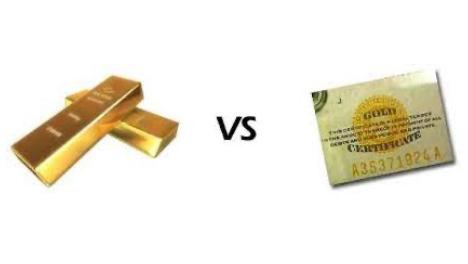Many large financial institutions that are active in the precious metals market, including some of the so-called “bullion banks,” do trade in paper derivatives of bullion, such as futures contracts, options, and exchange-traded funds (ETFs), in addition to physical bullion.
Some people believe that paper trading of precious metals has several advantages, including greater flexibility and lower transaction costs, as it is often easier and cheaper to trade in paper form than to buy and sell physical bullion. However, paper trading of precious metals is also subject to counterparty risk, as the value of the paper assets may depend on the ability of the counterparty to deliver on their promises.
On the other hand, holding physical bullion can provide a sense of security and ownership, as the assets are tangible and can be stored in a safe location. However, physical bullion also carries some risks, like the cost of storage and insurance, and the risk of theft or damage.
Ultimately, the choice of whether to trade in paper or physical bullion depends on individual investment goals, risk tolerance, and other personal factors. Some investors may choose to hold a combination of both paper and physical bullion, in order to balance the advantages and risks of each.
There is a saying in the stacker community: if you don’t possess it you don’t really own it…
Some people are scared that the amount of paper ownership in precious metals and bullion far surpasses the actual physical amount thus how can they deliver the bullion if everyone wants it.
An example would be an etf or tracking stock for gold or silver like GLD or SLV may not own the same amount of silver as its paper value indicates that it should.
